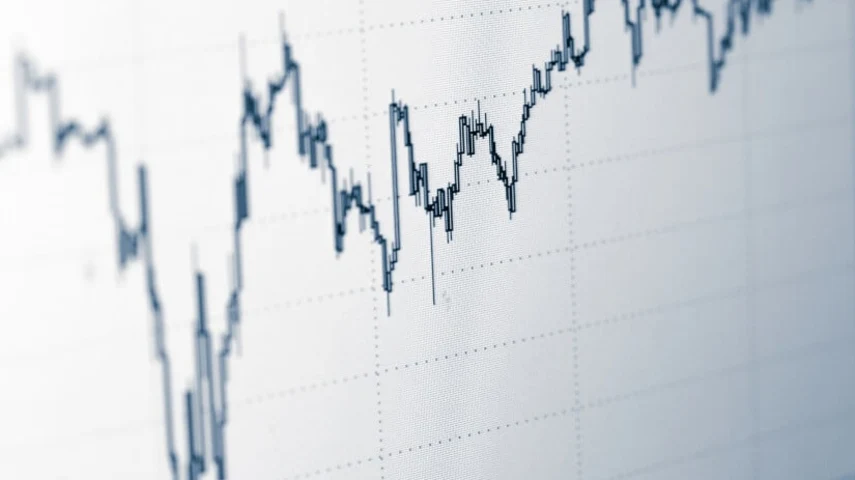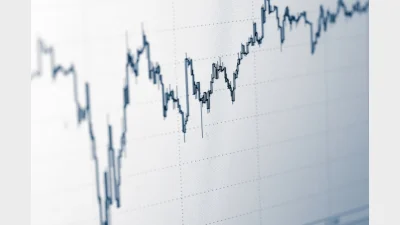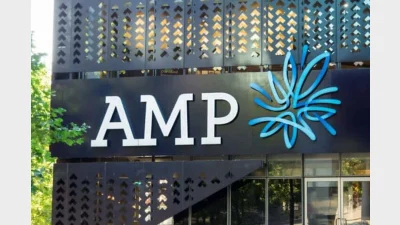Trump pauses some tariffs, but trade war fears keep markets on edge



US President Donald Trump’s tariff escalation against Canada, Mexico, and China sent shock waves through global markets, with investors scrambling to reassess the economic outlook.
The 25 per cent tariffs on Canadian and Mexican imports, alongside a 10 per cent levy on Chinese goods, triggered swift retaliation over the weekend, raising fears of a full-blown trade war.
While Trump has since pressed pause on much of his tariff plans, over the weekend, the expectation was that come Tuesday most Canadian imports would face a 25 per cent tariff, with a lower 10 per cent rate on crude oil and energy resources, while all Mexican imports would be hit with a 25 per cent tariff.
China, as it currently stands, still faces an additional 10 per cent tariff, alongside the removal of the US$800 “de minimis” exemption.
Before Trump engaged in negotiations with Canada’s Prime Minister Justin Trudeau and Mexico’s President Claudia Sheinbaum on Monday, which saw the two promise to strengthen controls on illegal immigration and drug trafficking, all three countries targeted by the newly minted President responded swiftly, with Canada announcing 25 per cent duties on US$105 billion of US imports.
Mexico also pledged countermeasures, while China denounced the tariffs as a violation of trade rules and said it plans to challenge them at the World Trade Organisation.
Trump also signalled further action, saying he would “absolutely” impose substantial tariffs on the European Union.
Stock markets reacted sharply, with the S&P 500, Dow Jones, and Nasdaq all falling. Australian shares also suffered, with the S&P/ASX 200 dropping and the Australian dollar slipping. Markets have since recovered some losses, including the S&P/ASX 200 that rose 0.8 per cent in early trading on Tuesday.
Commenting on Trump’s announcements, AMP’s Shane Oliver told Super Review sister brand InvestorDaily on Monday: “Maybe Trump felt he had to ‘kill some chickens to scare the monkeys’ so the whole world knows that he is serious.”
Acknowledging the risk of escalation, Oliver’s main concern earlier this week was that the situation would escalate into “tit for tat tariff hikes and a global trade war”.
This trade war, the economist said, would likely slow global growth and increase inflation in the US and tariff-imposing countries.
ANZ Research said on Monday that the US could see inflation rise significantly. Citing Bloomberg economists, ANZ said the tariffs could knock 1.2 per cent off US gross domestic product (GDP) and add 0.7 per cent to personal consumption expenditure inflation, assuming retaliation of equivalent magnitude.
“Unless there is a quick deal to remove the tariffs, markets could be in for a rough ride for a while,” Oliver said, though he at the time emphasised that political pressure may eventually constrain Trump and come Tuesday (AEDT) that appears to have happened.
In his market note on Monday, John J Hardy, chief macro strategist at Saxo, said that just hours after Trump’s announcement, America’s global brand was already feeling the impact.
“Already at the weekend, Canadian hockey fans were booing the singing of the US national anthem at NHL hockey matches in Canada and social media saw widespread demands for boycotting US products, with Tesla and Amazon especially in focus,” Hardy said.
“Canadian liquor stores are being asked by provincial premiers to remove all US products from liquor stores. Tesla has additional considerable risk in China and especially in Europe if Trump moves forward with tariffs against the EU. Already Musk’s brand is under siege in Denmark,” he said, adding that Tesla sold about half of its cars outside the US in 2024.
Impact on Australia
While the ASX was sent tumbling on Monday morning, Oliver said for Australia, the direct impact of Trump’s tariffs should be minor. However, he said Australia remains highly vulnerable to indirect impacts, particularly from a decline in global trade and reduced demand for raw materials from China.
“Exports to the US are only 4 per cent of Australia’s total exports and may be spared from Trump’s tariffs as Australia has a trade deficit with the US, but they could still be hit if Trump’s motivation is mainly to shift production back to the US and raise tax revenue,” the chief economist said.
“As an open economy with high trade exposure to China, our main vulnerability is to an intensification of global trade wars under Trump as Trump imposes tariffs and other countries respond with tariffs on the US resulting in a fall in global trade, particularly if it weighs on demand for Chinese exports.”
An OECD study showed that Australia could suffer a 1.2 per cent reduction in GDP as a result of a 10 per cent reduction in global trade between major countries.
“Much will depend on how hard Trump goes, how other countries respond and how long the tariffs remain in place,” Oliver said, adding that US tariffs won’t add to Australian inflation unless Australia imposes tariffs on US products or the Australian dollar plunges.
Another question on many minds on Monday was whether the apparent commencement of trade wars could delay the long-awaited first rate cut in Australia, which the Reserve Bank is widely expected to implement later this month.
Betashares chief economist David Bassanese said he believes new global trade war risks don’t threaten this month’s RBA rate cut.
“Though a trade war is potentially inflationary to the extent the Australian dollar weakens further, more than likely offsetting this risk for the RBA are new downside concerns with global and local economic growth if the tariff fight escalates,” Bassanese said.
Similarly, Oliver believes the RBA is likely to cut rates by 25 bps at its meeting on 18 February.
Recommended for you
Advice licensee Centrepoint Alliance has entered an agreement to acquire the comprehensive financial advice book of the super fund’s subsidiary firm.
A coalition of industry groups including the SMSF Association is demanding the government and the opposition “immediately and unequivocally rule out any move to tax unrealised investment gains in any part of the tax system”.
AMP’s new chair has used his inaugural AGM address to call for policy reform on the “decumulation” phase of superannuation and position AMP as a key player in addressing the challenge.
Reserve Bank governor Michele Bullock has quashed hopes of an out-of-schedule rate cut, telling an event in Sydney that it remains too early to determine the trajectory of interest rates as the RBA grapples with growing global economic volatility.












